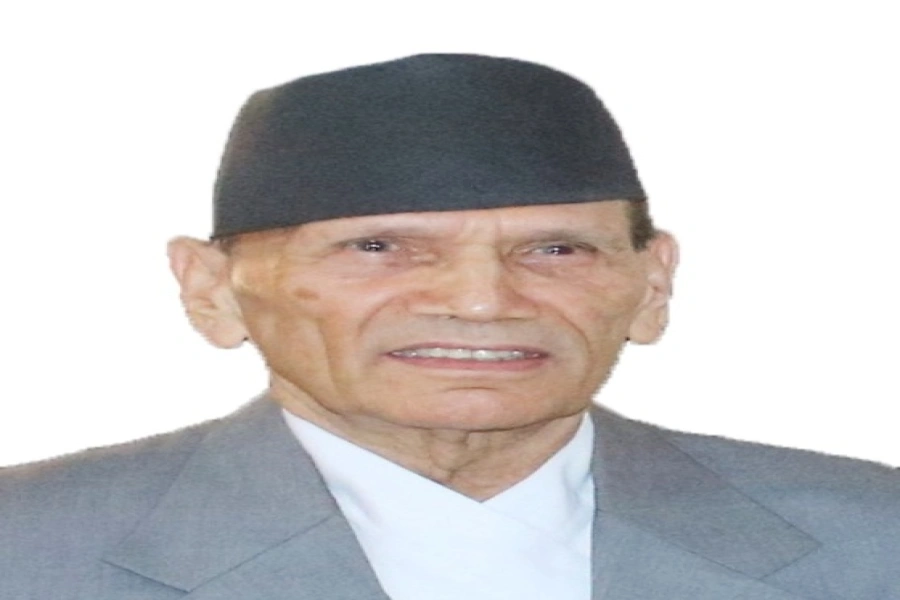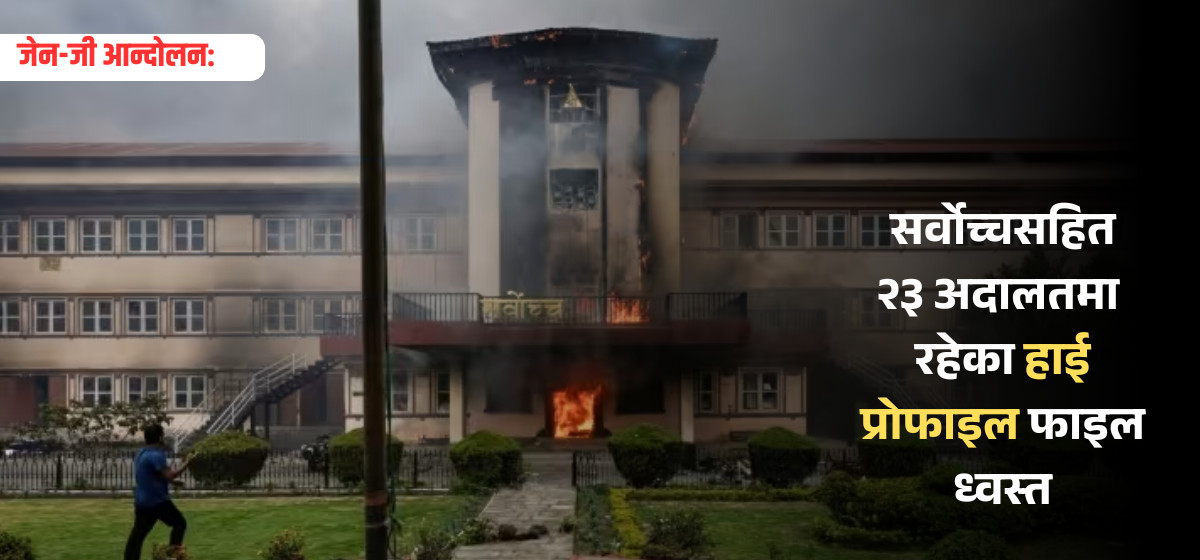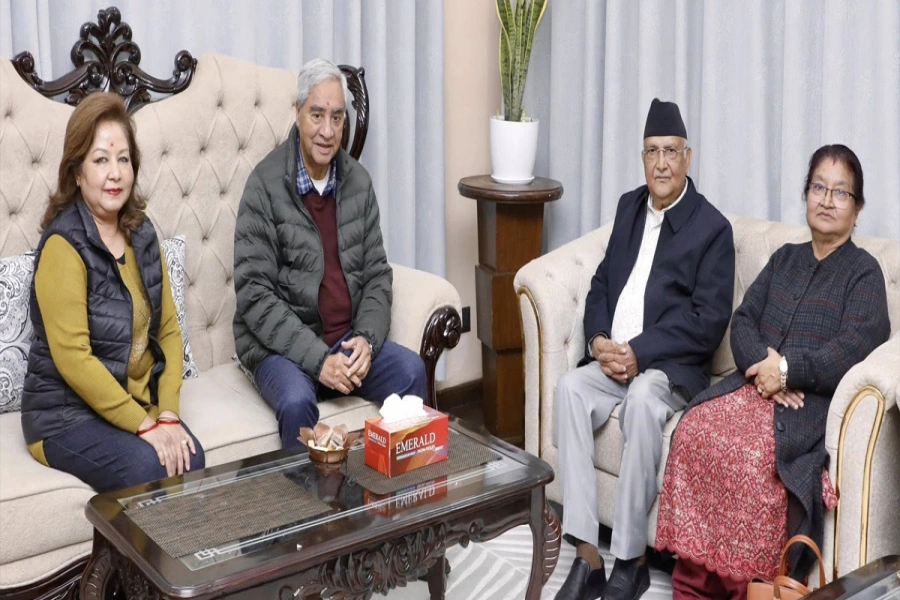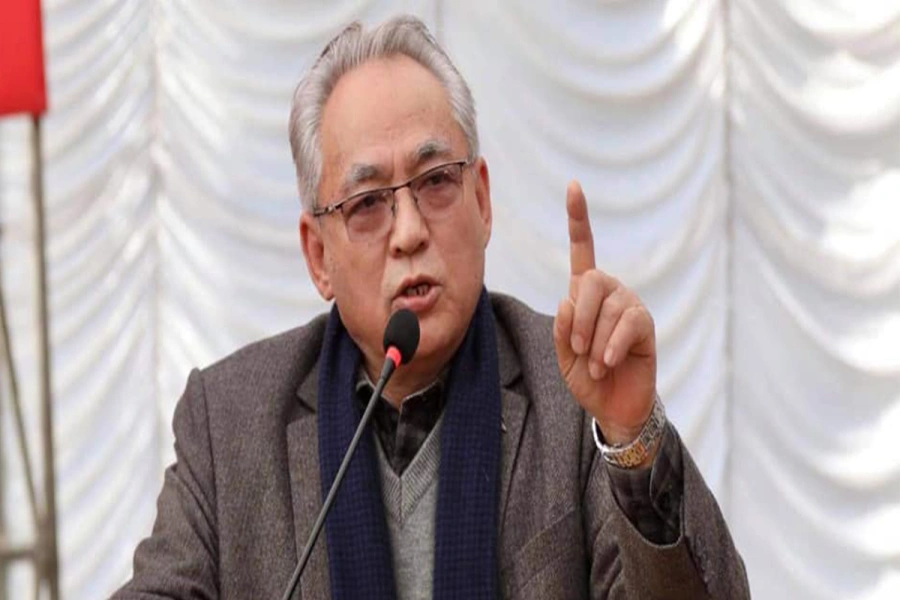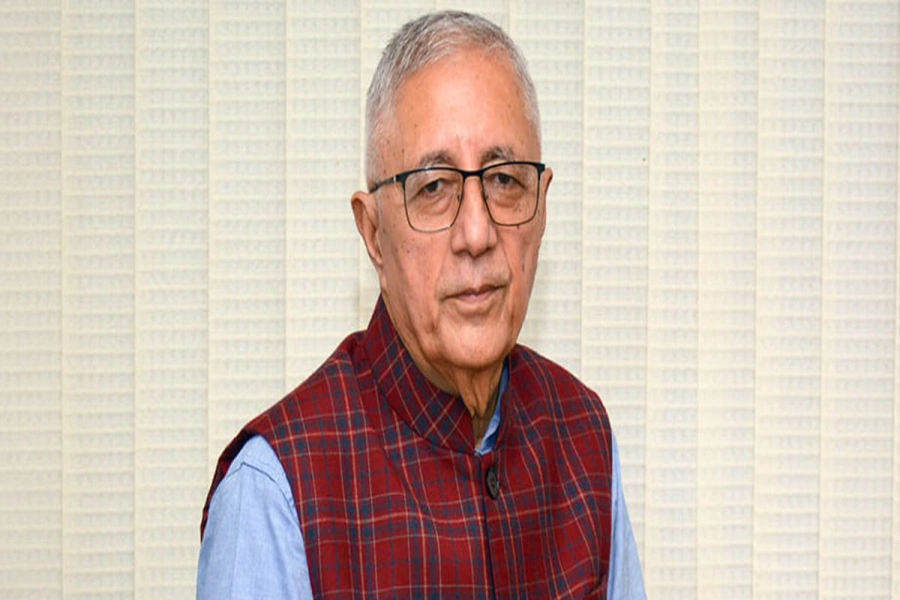The famed square of Basantapur stirs to life hours before dawn. Often it’s the priests from nearby Guthis. First, their footsteps, then later on, their chants and bells ring through the darkness and break the 4 am stupor. It’s a practice that has been carried on for centuries. Now, while the tradition of such Nitya Puja was originally born and established in intricately designed, prominent, multi-tiered temples, these days, the early morning rituals in Basantapur make for a rather poignant sight. The priests can be seen shuffling from one wreckage site to another depleted temple, doing their best to maneuver around the tekas in order to offer their prayers.
Gayendra Tamrakar, a resident of the area, shares that he too has witnessed the scene a couple of times now and as hard as it has been for locals like him, it sums up life in Basantapur post the earthquakes of 2015. “At the end of the day, even among blatant signs of loss and destruction, everybody is simply trying to hold it together,” he says.
Like most who had grown up in the area, immediately after the earthquakes, Tamrakar too became actively engaged in the rescue as well as cleaning efforts. At one point, he was even in charge of arranging security for the fallen and broken monument pieces. However, since late 2015, as he returned to his regular job again like most in the area, he too has lost touch with the authorities who have been trusted with the reconstruction process of the heritage site. He is desperately relying on the government to do their part but of late, after seeing limited signs of progress, he admits to being very concerned.
“The absence of the stunning 12 and 18 century architecture when I look out from my sitting room window still shocks me sometimes. The fact that many of the neighbors and families I grew up with in localities around and behind the durbar square have had to leave makes matters much worse. But I guess we have to come to terms with this new reality,” shares Tamrakar.
Indeed, away from the affected labyrinth of Basantapur alleys, back at the main square, the space still pulsates with activities. The landmarks that made the Durbar Square famous may be largely missing but the hordes of visitors foreign and especially local continue to flock. Though after the natural disaster, in the initial days, most people were there to gawk at and assess the ruins, now the vibe of the place is back to normal.
Whether you are looking for a chat, tea, smoke or a rendezvous, Basantapur once again seems to be among the favorite spots.
“It’s so hard to find an open space in Kathmandu. Here you can catch a nice breeze, hangout, indulge in some people watching, get ridiculously delicious Newar delicacies and just chill,” said Yuni Bhattarai, 20, while waiting for her friends on the steps where the Taleju Temple once stood. Unlike some of her friends, Bhattarai also claims that she has no problem remembering the details of the now fallen monuments, a testament she says to the number of times she has visited Basantapur.
Bhattarai continues, “The temples and palaces here gave such an authentic Nepali feel to the surroundings. It was an immense pleasure and now, I realize, a privilege to just hang out in their shade. So I still have so many wonderful memories of those days and Basantapur. In this regard, the damages haven’t made the place any less special. I think many people will be able to relate to what I’m saying.”
This retained popularity was something Bipen Raj Shrestha, another local of the area as well as Head of +2 level’s Department of Fine Arts at Gujeshwori Higher Secondary School couldn’t help but notice. In his own way, he wanted to help nourish the youngsters’ affection towards the now wrecked heritage site. So he has begun his art classes on the grounds of Basantapur itself.
“The earthquake was an absolute tragedy in countless different ways. But we have to make the most of the situation and as an arts teacher, Basantapur has always proven to be a great source of inspiration. I’d argue it has more knowledge to dispense today than ever before,” states Shrestha.
He is keen to take this moment to teach about the history of our art work and architecture. As an example, he points to the top half of the engraved King Pratap Malla’s stone column that has been lying at the foot of the pillar ever since it was damaged in the earthquake. Apparently, he has seized this opportunity to let his students get up close to the landmark and learn about the engravings of the time.
Similarly, since the fall of some of the most iconic monuments like the Kasthamandap, Jagannath Temple are still such hot topics, he plans to make the most of their interest and encourage them to learn more about its significance in the community. Shrestha himself is interested in learning more about what the experts have uncovered about the construction of these historic temples during their dismantling process.
Further, just recently as the statue of Shree Swet Bhairav was unveiled to the public for the occasion of Indra Jatra, Shrestha’s students were seen sprawled around different section of the Basantapur ground. Their assignment was to draw their own rendition of the elusive Bhairav.
“A lot has been snatched from Basantpur but there is still a lot that remains to be treasured, we can’t forget that. Especially where youngsters are concerned, this place is unique because there aren’t many places of historic, cultural and religious significance that also have this level of ‘cool factor’ associated with it,” concludes Shrestha.
As he remarked, it’s what we make of a situation that matters the most. Basantapur was once heralded the cultural heartbeat of the capital and there are many people who are determined to work to preserve that title. As a series of festivities, cultural dances and rituals commence with the start of Indra Jatra (that was yesterday, Thusday, September 15), Basantapur is yet again set to become the center of attention.
Locals like Tamrakar reveal that these occasions are now rather bittersweet. Over the years, Tamrakar personally has attended so many Jatras that he confesses to have lost count. The grandeur of the procession and setting, however, remains etched in his mind. Sadly, a memory – that’s what they have become. Nevertheless, he hasn’t lost all hope for his community yet.
He recognizes some familiar faces slowly returning to the Basantapur to reopen their businesses. Though many locals of the area have had to relocate, Tamrakar can see that the ones staying put are beginning to adapt. Tourist flow may have drastically dropped but the interest around the heritage site hasn’t completely waned. If the government was to jump into action, the situation could only get better.
Maoist conflict-era case files at SC destroyed during recent Ge...
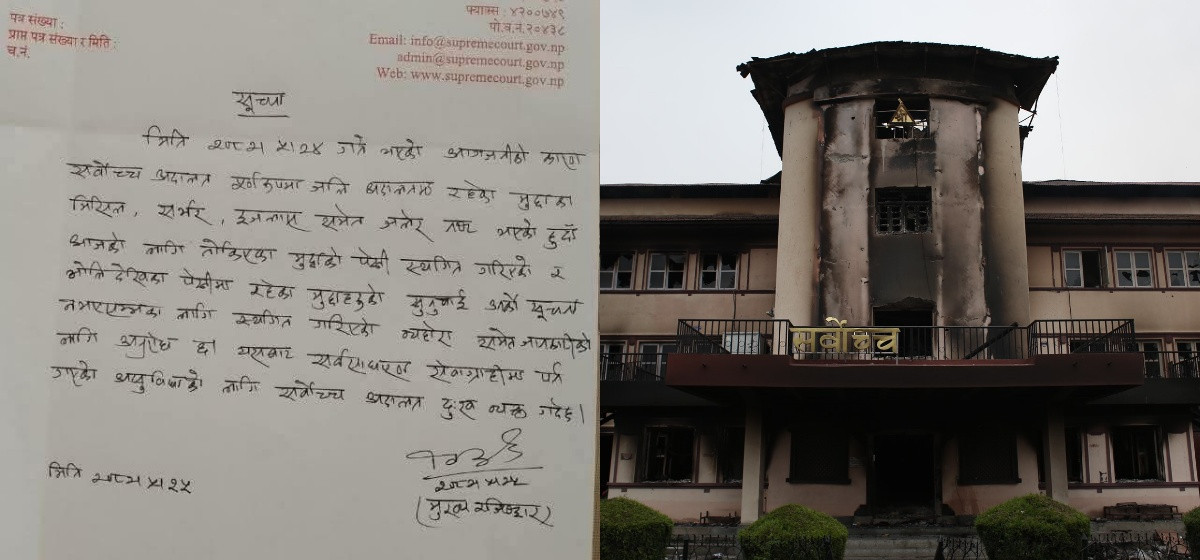
priyankagurungg@gmail.com
Photos: Pratik Rayamajhi




